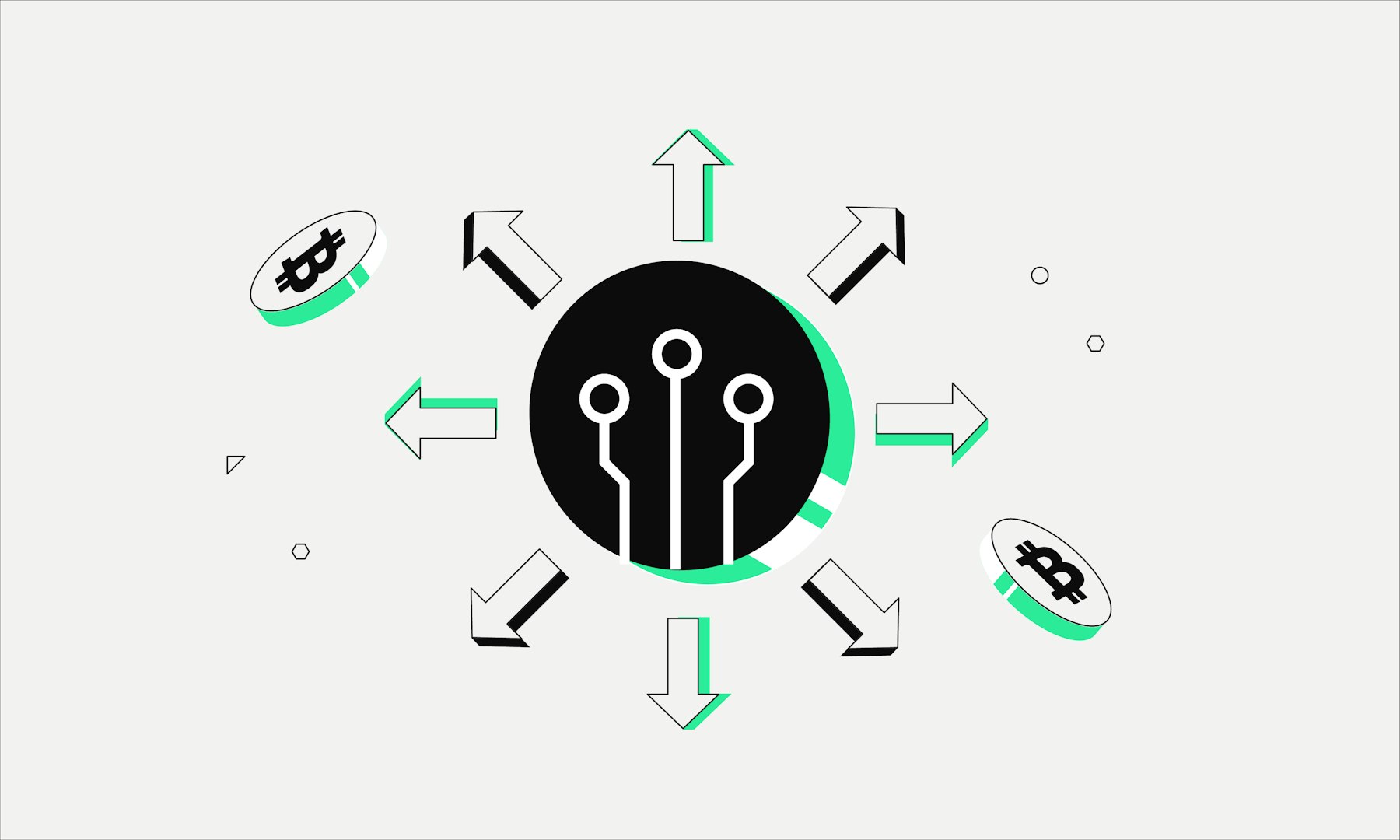In blockchain, decentralisation means transferring decisions from a single entity (e.g. a person, organisation or company) to a distributed network. Instead of one server, multiple nodes manage data and transactions. Each node holds a full copy of the blockchain, verifying and recording transactions. By removing the need for central oversight, decentralisation enables a more democratic structure for digital currencies and other applications.
Why is decentralisation important?
Decentralisation shifts power from central authorities to a broader community, improving transparency and fairness. In crypto, it enhances security by removing a single point of failure. It also strengthens resistance to censorship, preventing organisations or governments from restricting access to services or information. Additionally, decentralised cryptocurrencies create a fairer financial system where all participants have equal rights.
Types of decentralisation in crypto
Crypto involves three key types of decentralisation:
Architectural: network infrastructure is spread across multiple nodes rather than a single server
Political: control is shared across a broad user base, preventing single-entity dominance
Logical: despite decentralisation, all nodes follow the same protocols to maintain consistency
While crypto is architecturally and politically decentralised, it remains logically centralised to ensure efficiency and stability.
The benefits of decentralisation
Decentralisation is a major advantage of cryptocurrencies like Bitcoin and Ethereum, reducing reliance on centralised finance. Its benefits extend across blockchain technology, improving security, privacy and resource distribution.
Trust in the software
In a decentralised blockchain, no trust between participants is needed. Each node holds an identical copy of a distributed ledger, ensuring transaction integrity. Any discrepancies are automatically rejected, preventing manipulation.
Better data consistency
Decentralisation enhances data consistency by providing a single, shared view. Businesses exchanging data externally benefit from reduced transmission errors and data loss, eliminating isolated data silos.
Fewer vulnerabilities
Centralised systems rely heavily on single entities, making them prone to failures, inefficiencies and corruption. Decentralisation mitigates these risks by distributing critical functions across a wider network, reducing performance bottlenecks, resource depletion, cyberattacks and outages.
Improved resource allocation
Spreading responsibility and resources enhances performance and reliability. Decentralised networks dynamically allocate resources where needed most, increasing efficiency and reducing system failures.
